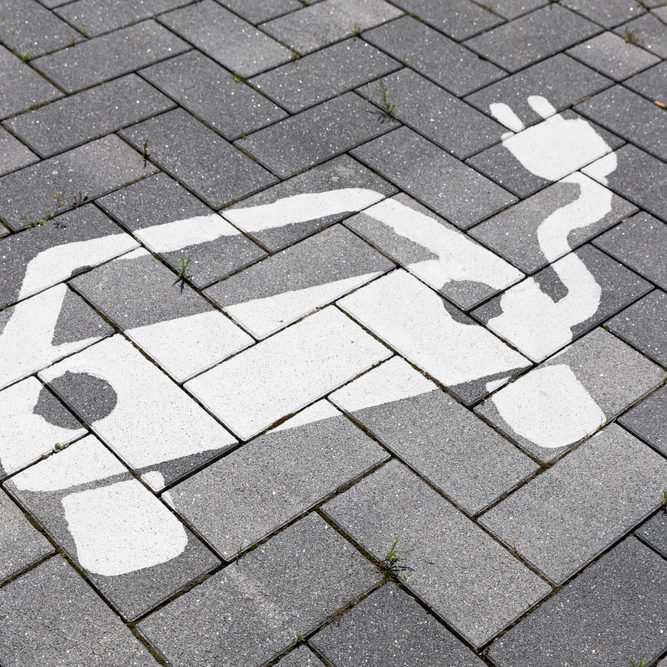Technological advancements have allowed for the proliferation of sustainable transportation options, not just electric cars, making urban and interurban travel easier.
Commuting to work or picking up children from school are everyday situations that involve city travel and, in many cases, transportation.
This situation is not necessarily bad for the environment, especially if you opt not to use your own car. Lifestyle changes have made cars a substitute for other forms of transportation.
All of this is part of a new form of sustainable mobility that should not only be respectful of the environment, but also safe, healthy, accessible, and efficient in actively responding to the needs of citizens who are supportive of future generations.
In this situation, transportation has become a tool for cities to combat climate change. People leave their cars at home and use more sustainable alternatives like bicycles, but also use public transportation as a way to adapt to environmental requirements. Green buses Public transportation is the most important bus.
Technological advances
Many people gather at the bus station during peak hours to pick it up and guide it in their daily tasks. Over the years and with technological advances, the fleet has adapted to the new social environment.
Sound and visual announcements that make life easier for the blind or hearing impaired have been added to the elimination of stairs or the implementation of sensors to ensure the safety of the driver and passengers.
We put special emphasis on environmentally friendly buses, which the franchise is currently doing. A clear example of an environmentally friendly bus would be the Mexico City Metrobus.
In addition to installing sensors on older vehicles to measure the amount of gas they release into the atmosphere, they have proposed a modernization strategy that prioritizes the purchase of electric or hybrid buses to make the planet more resilient with more affordable rates for urban transportation services.”


